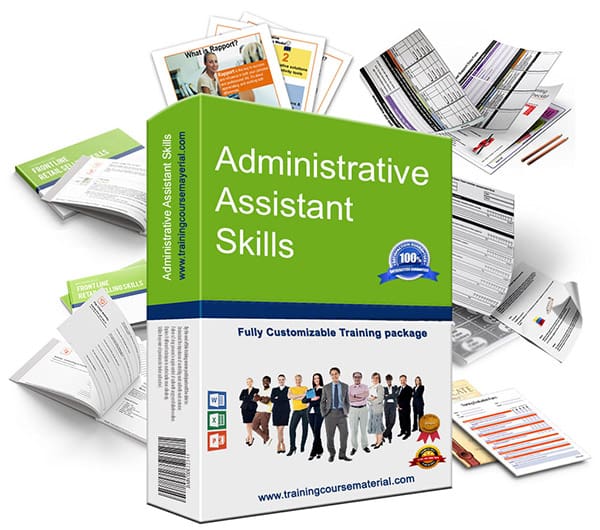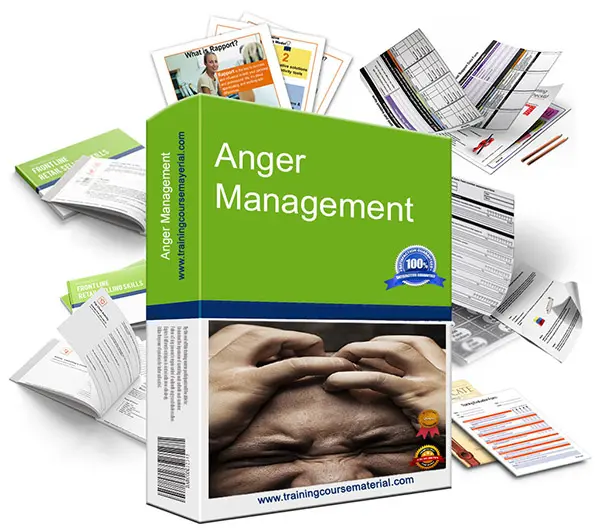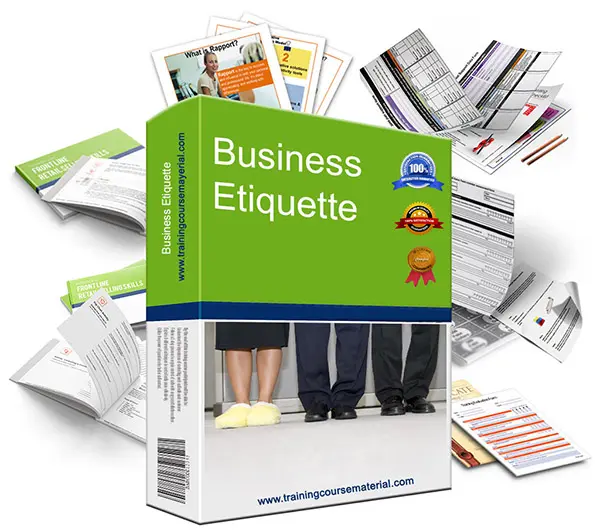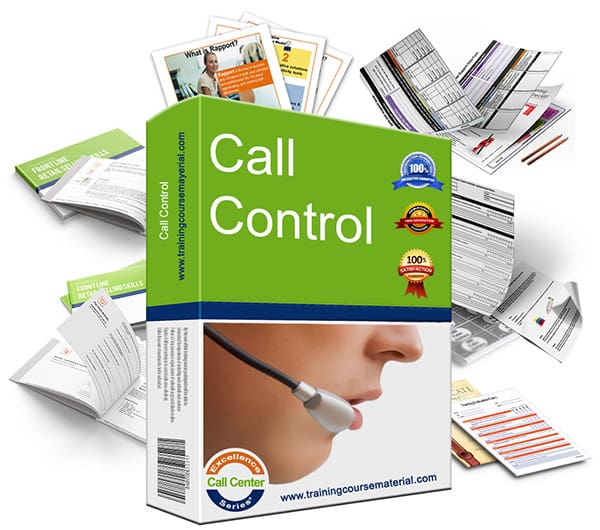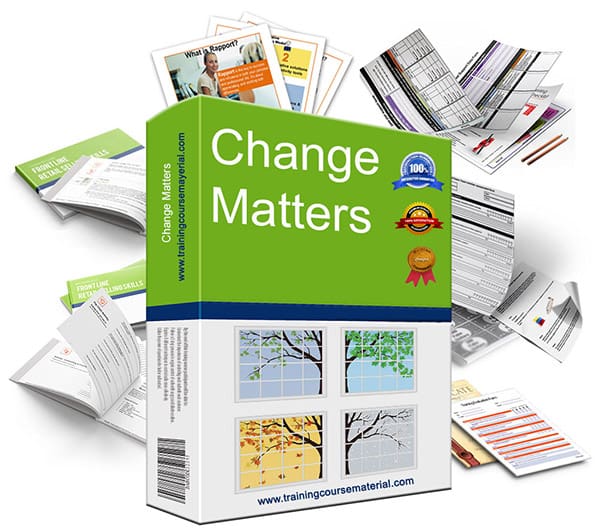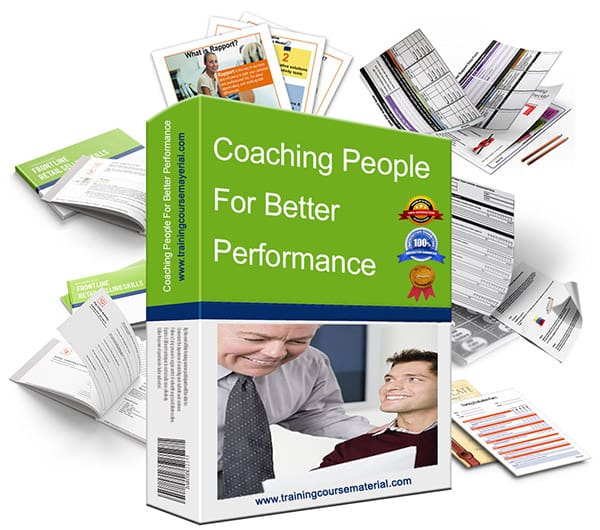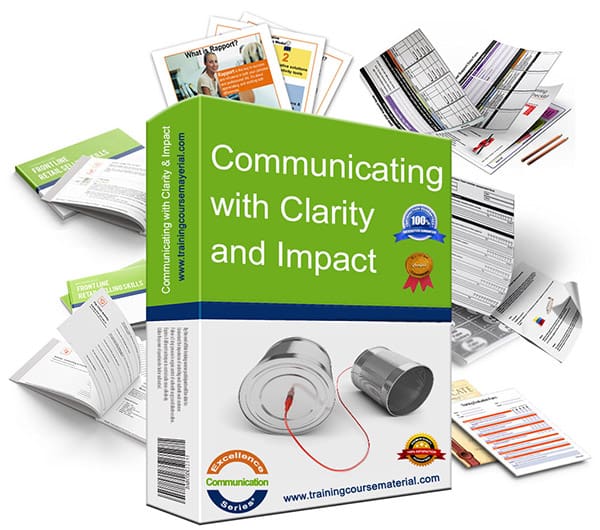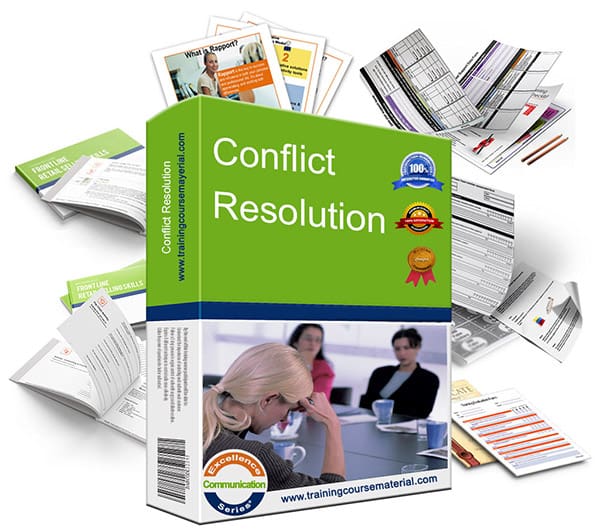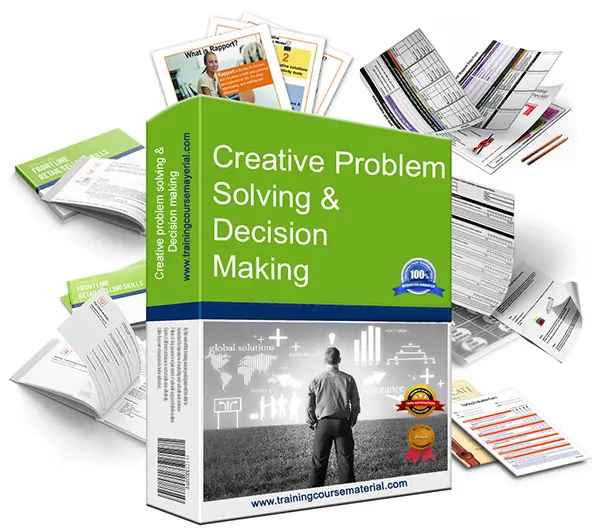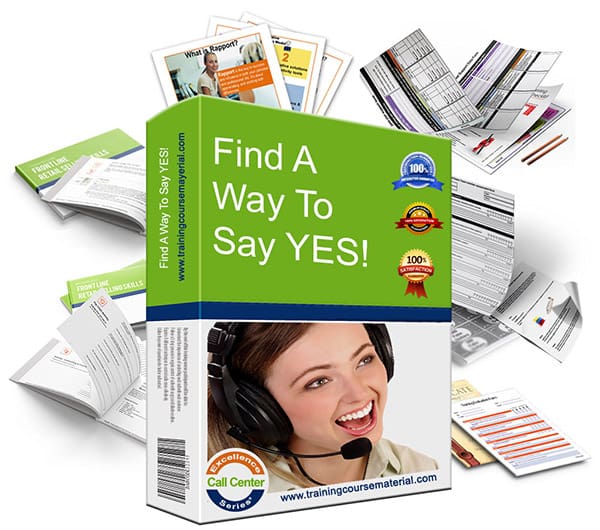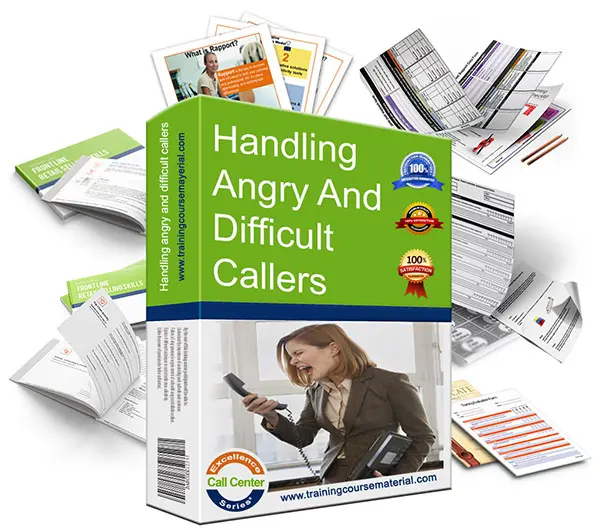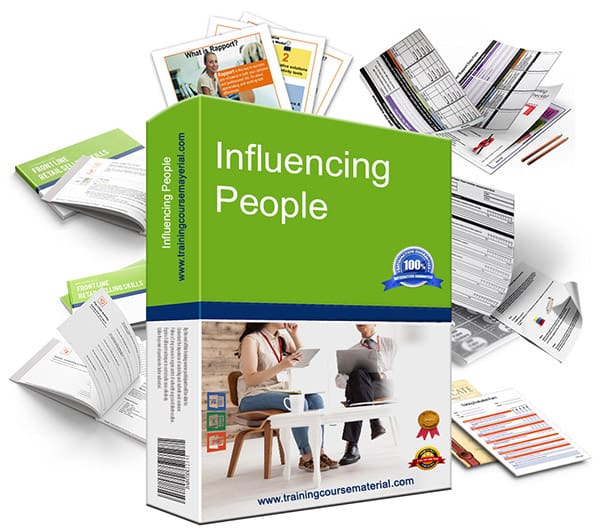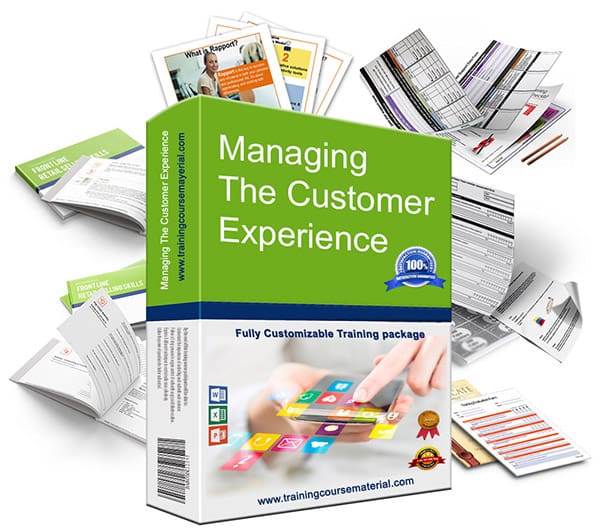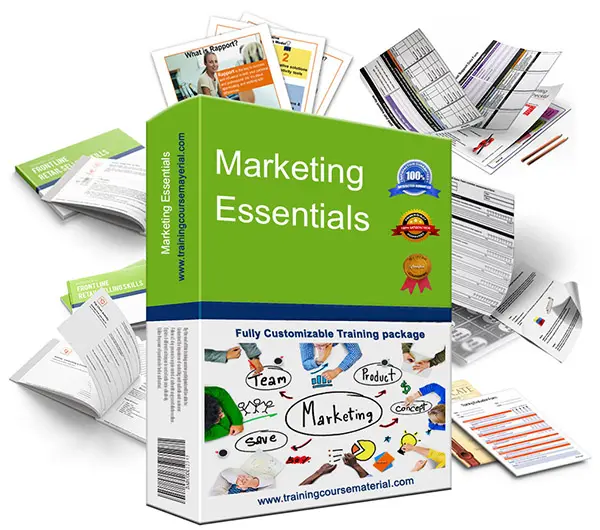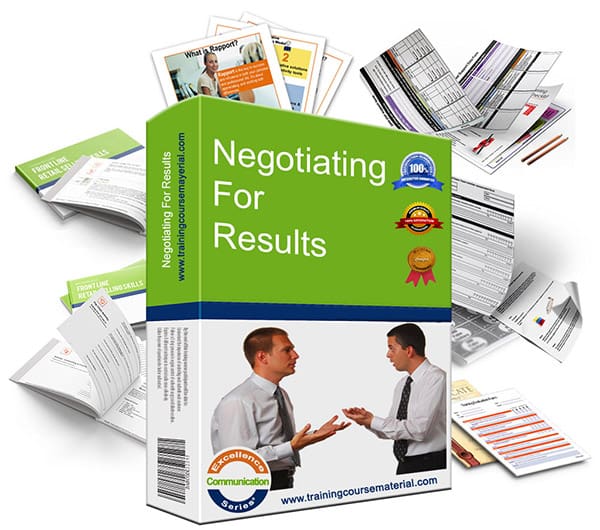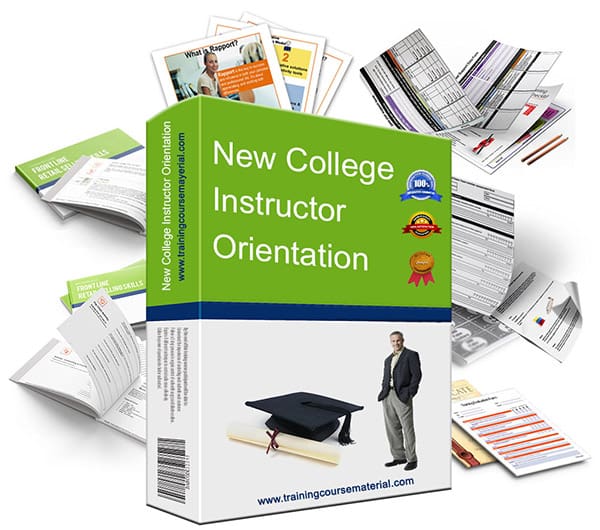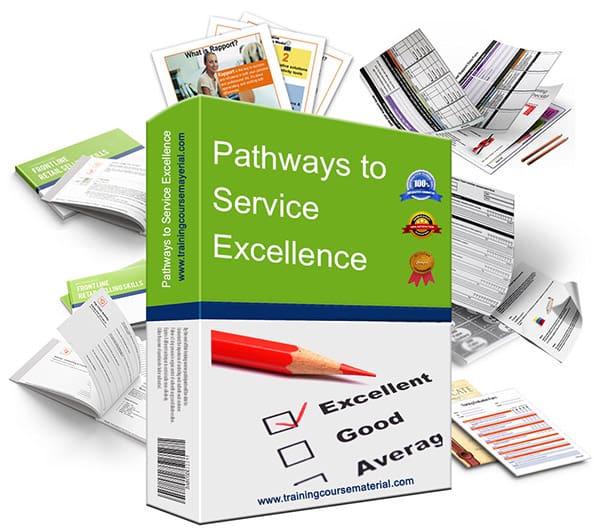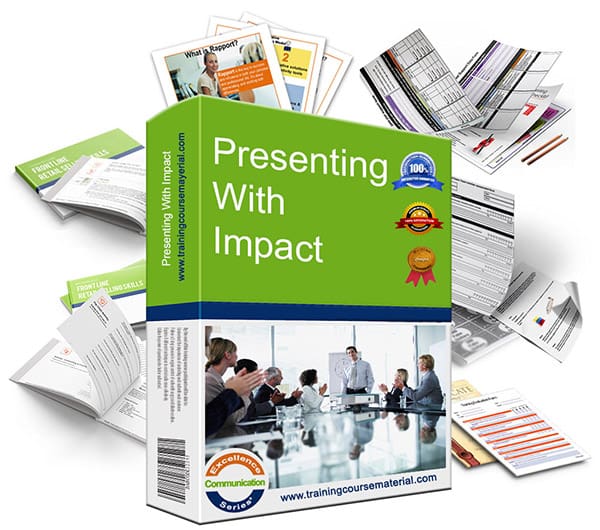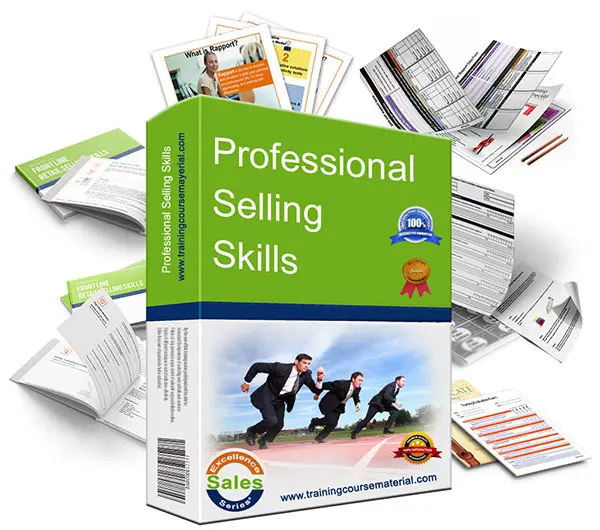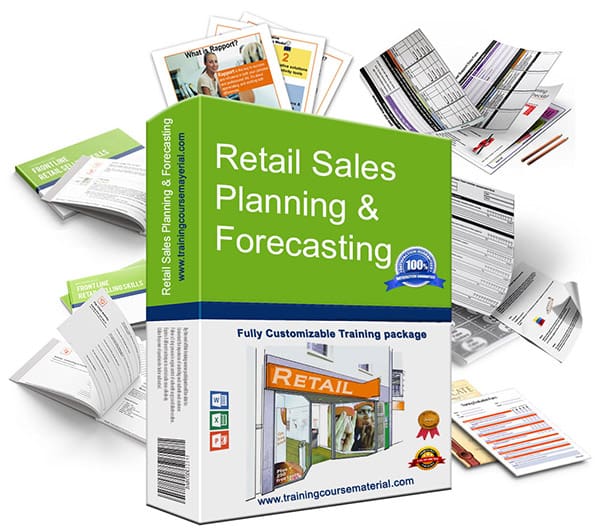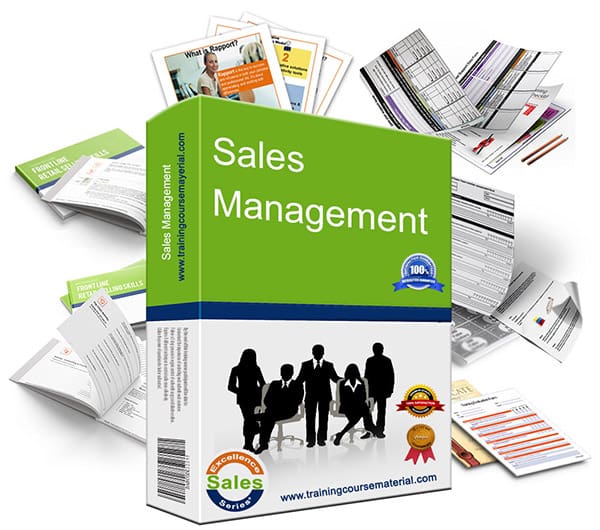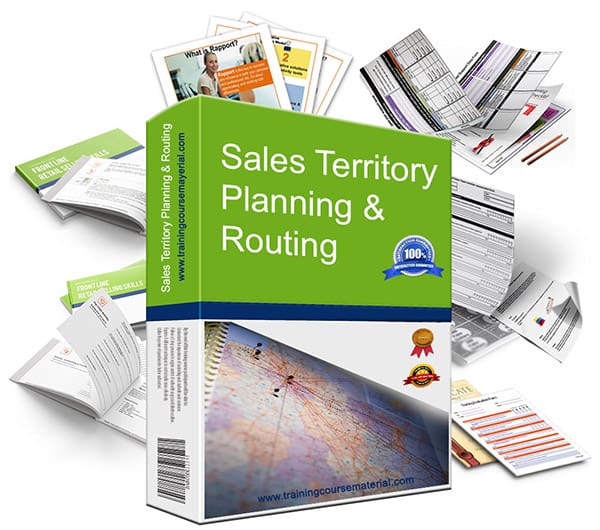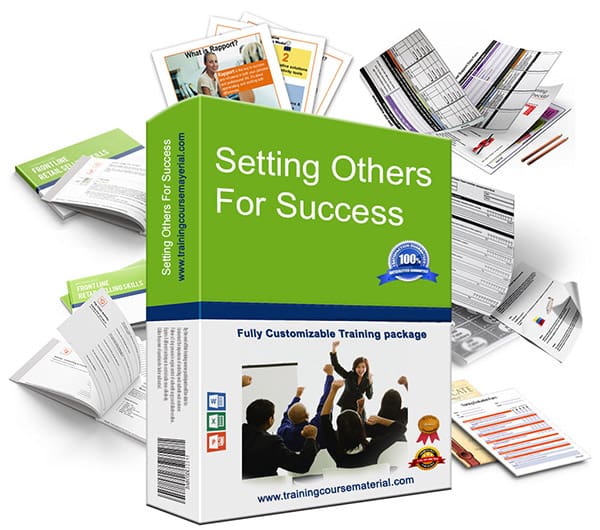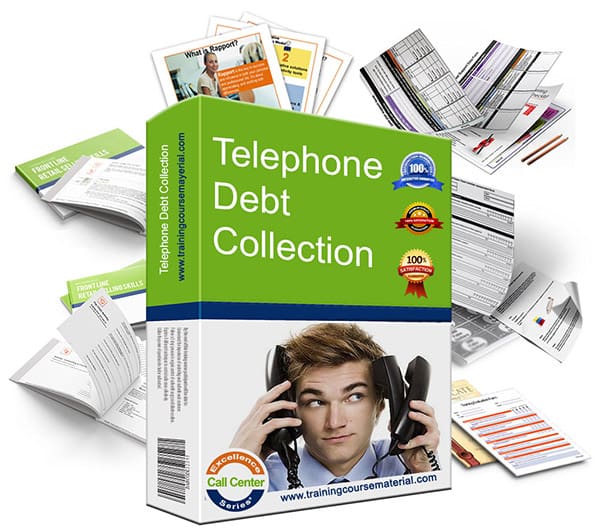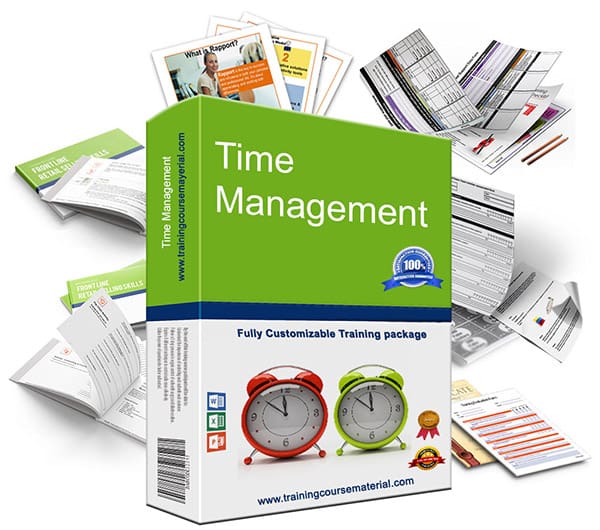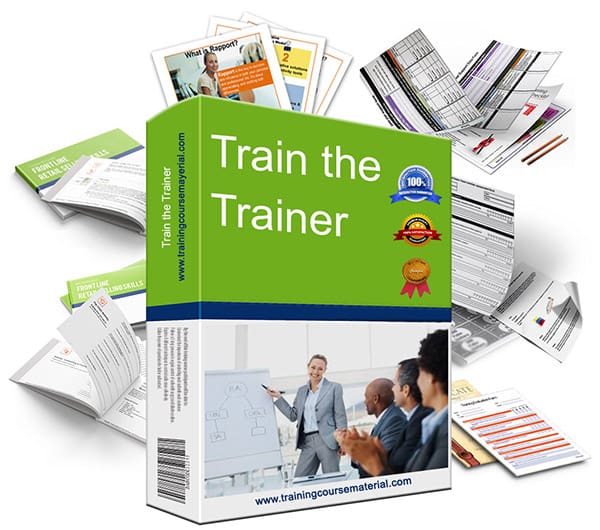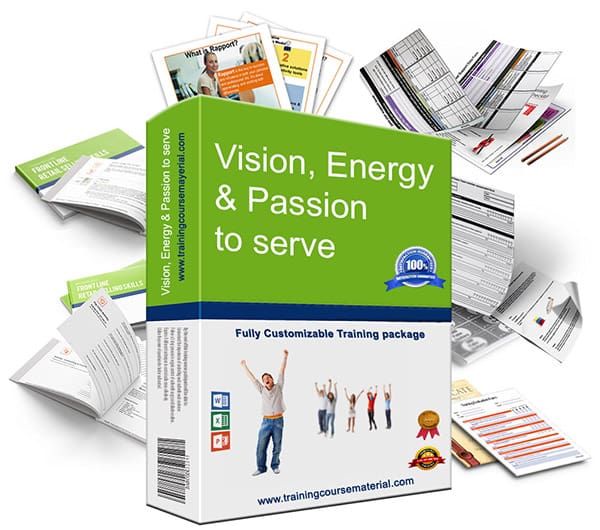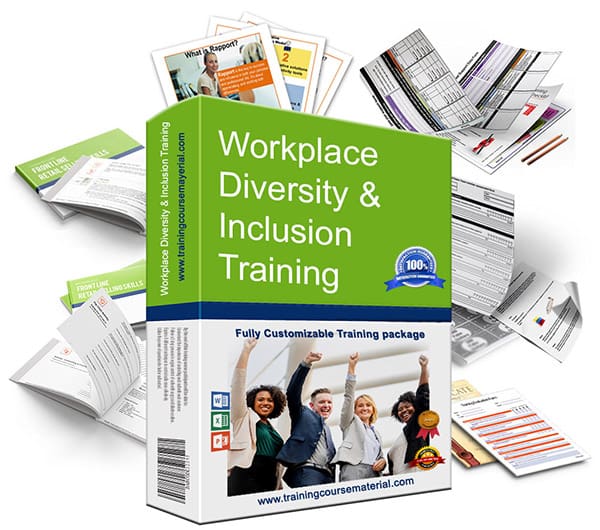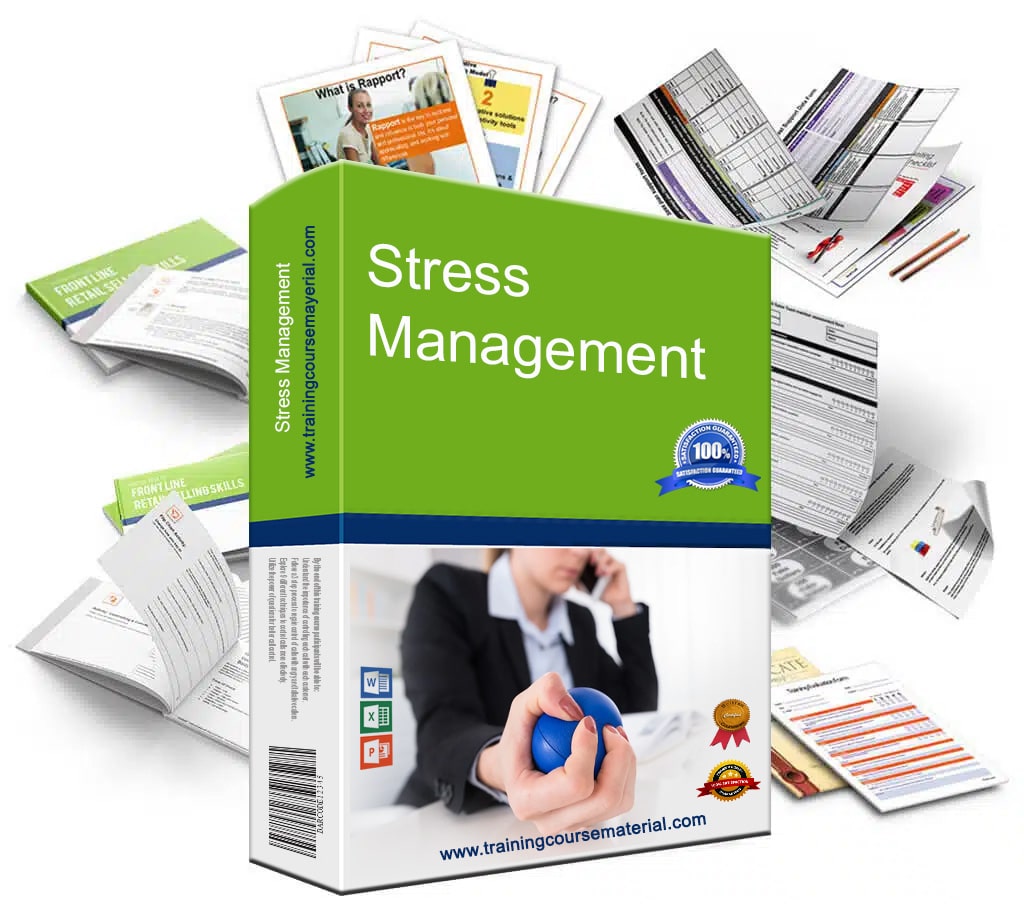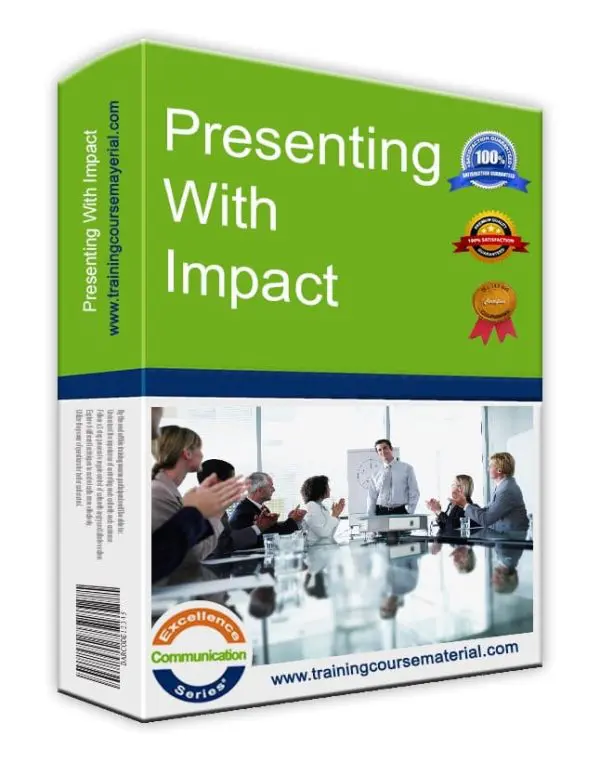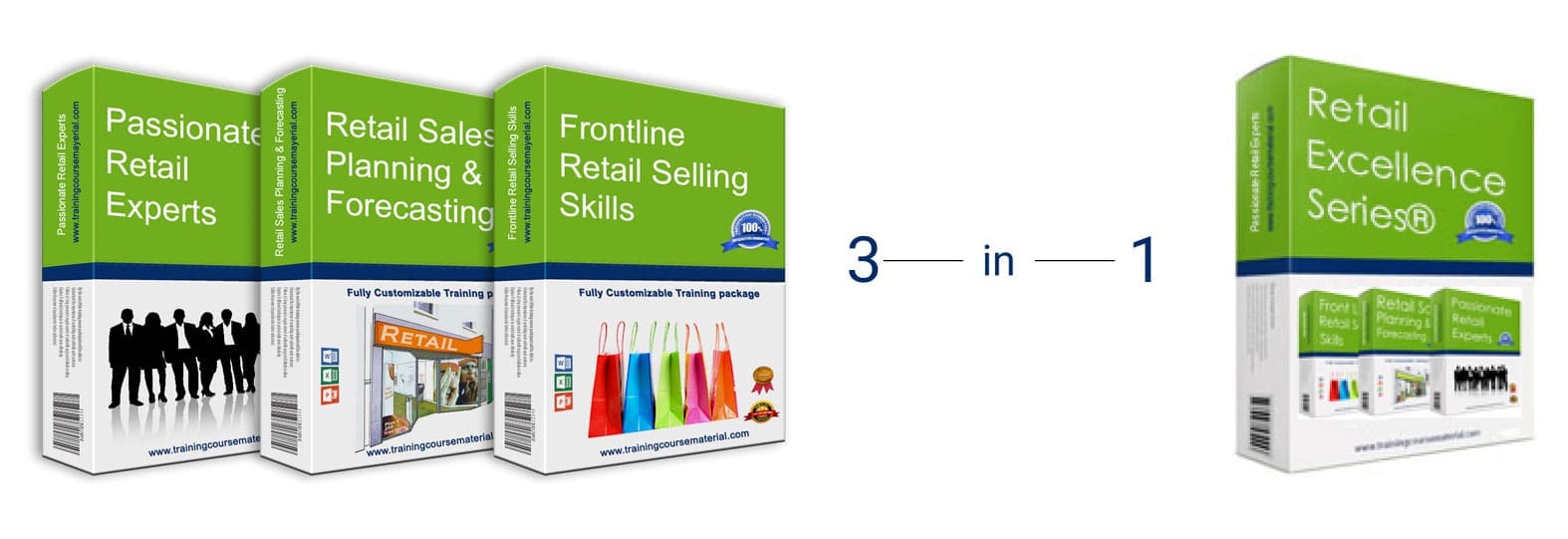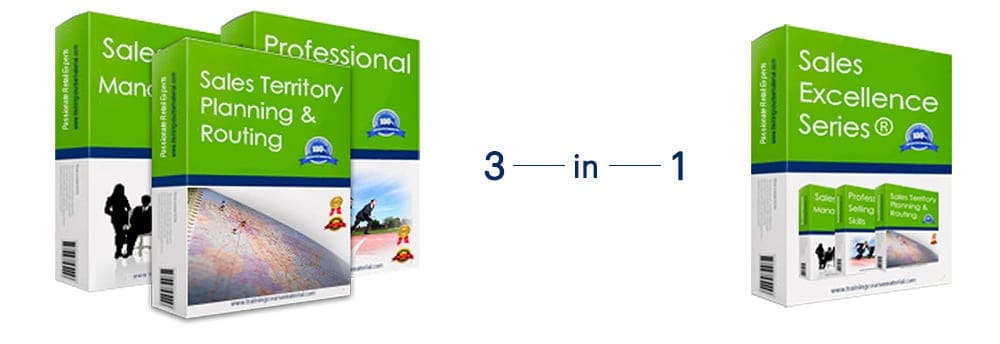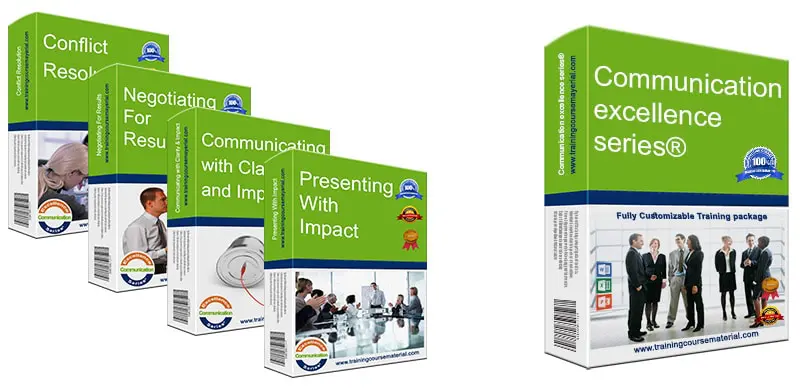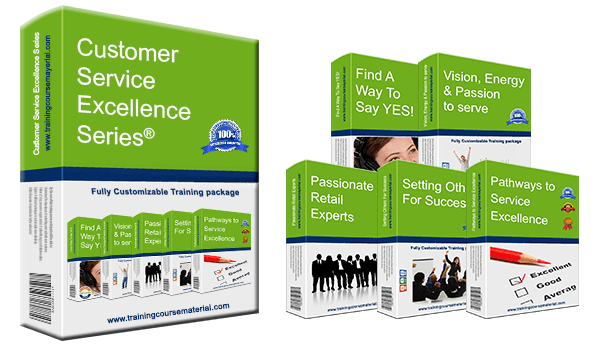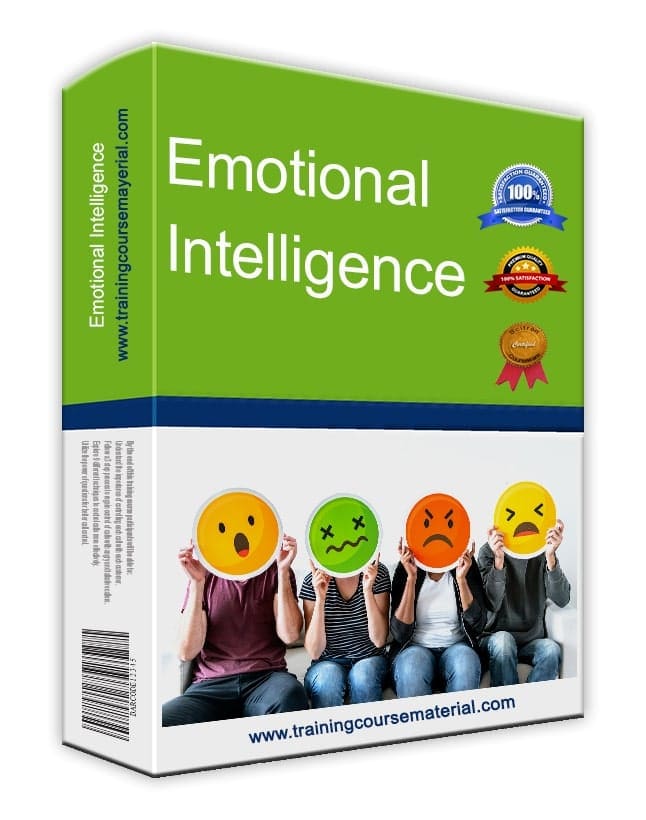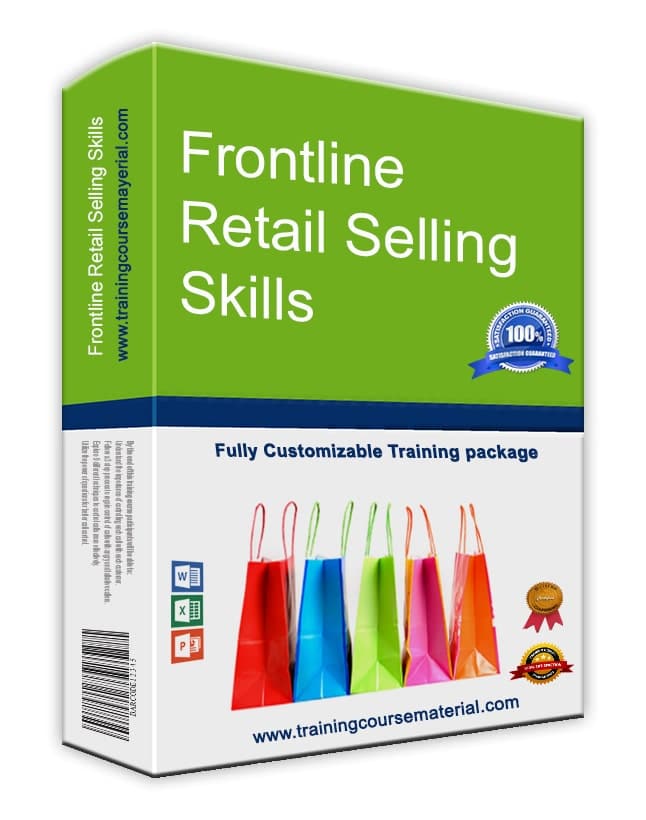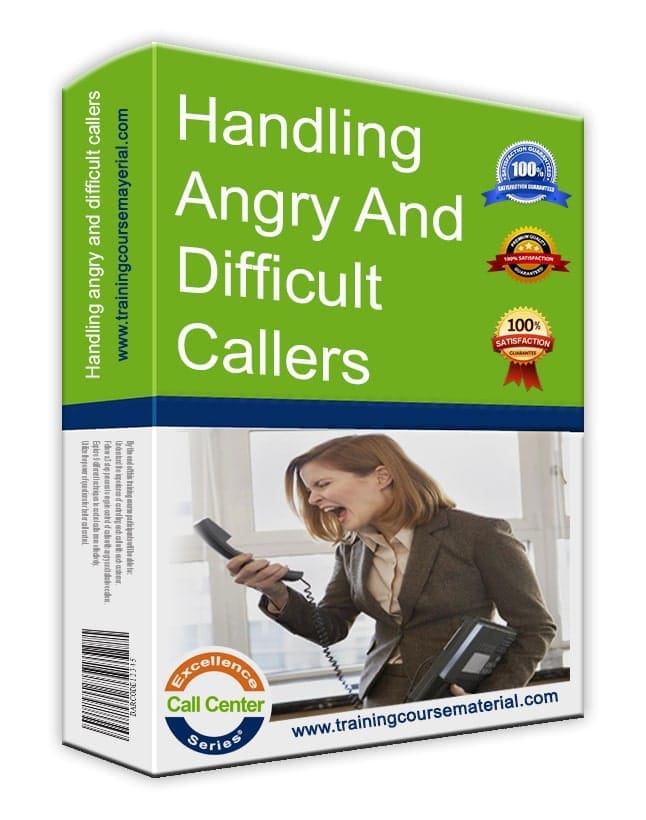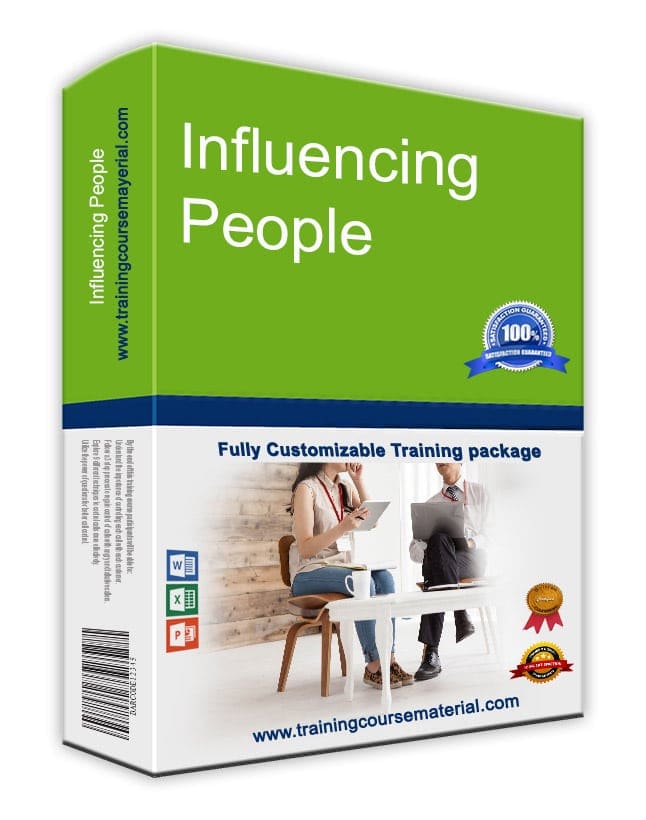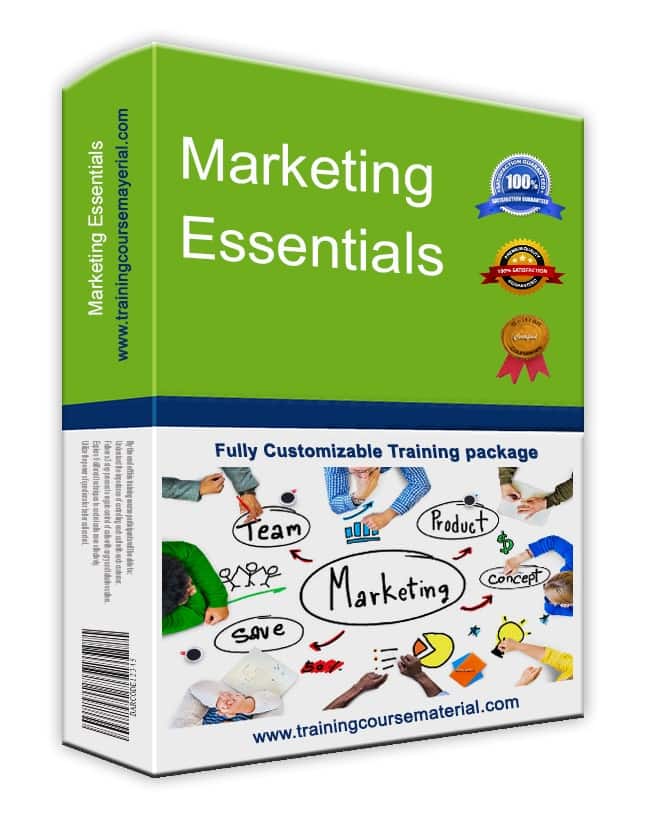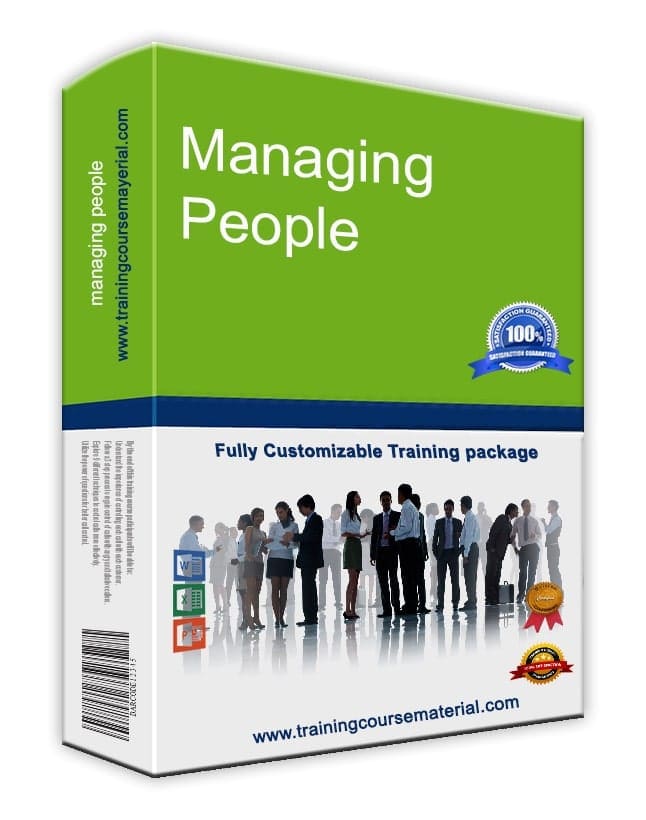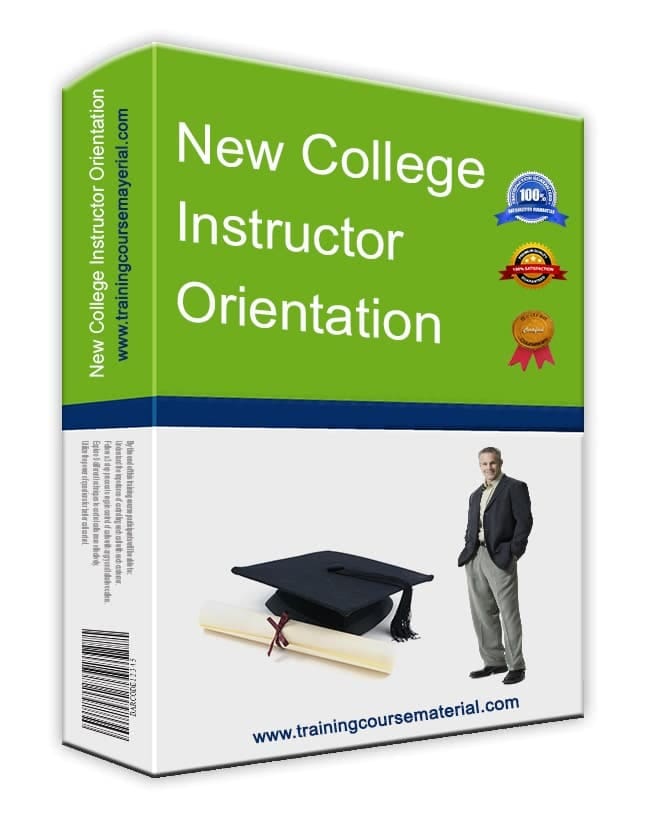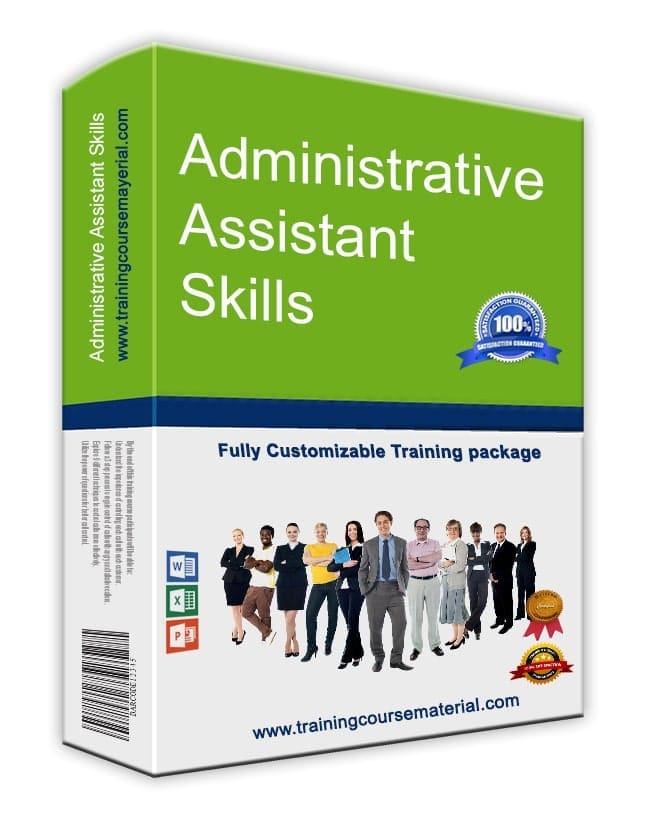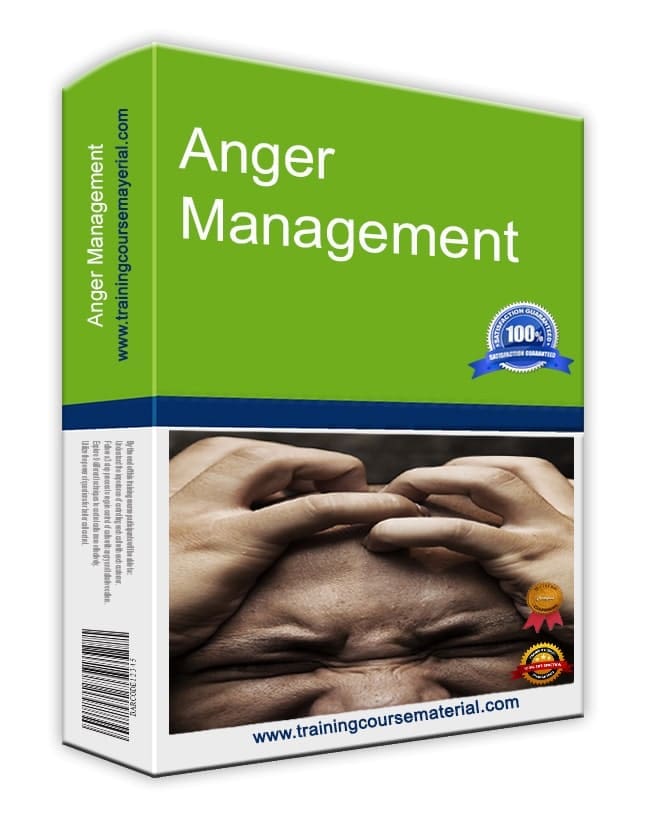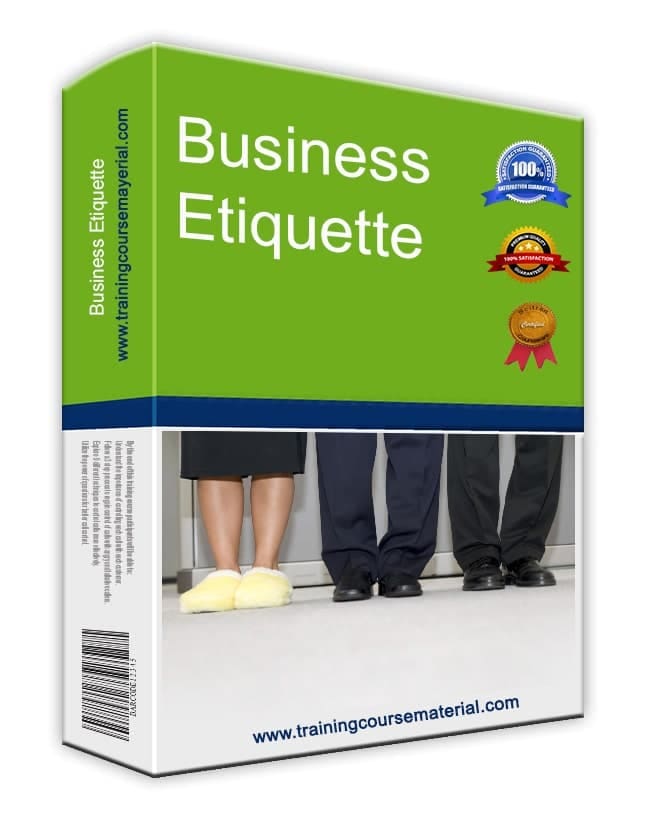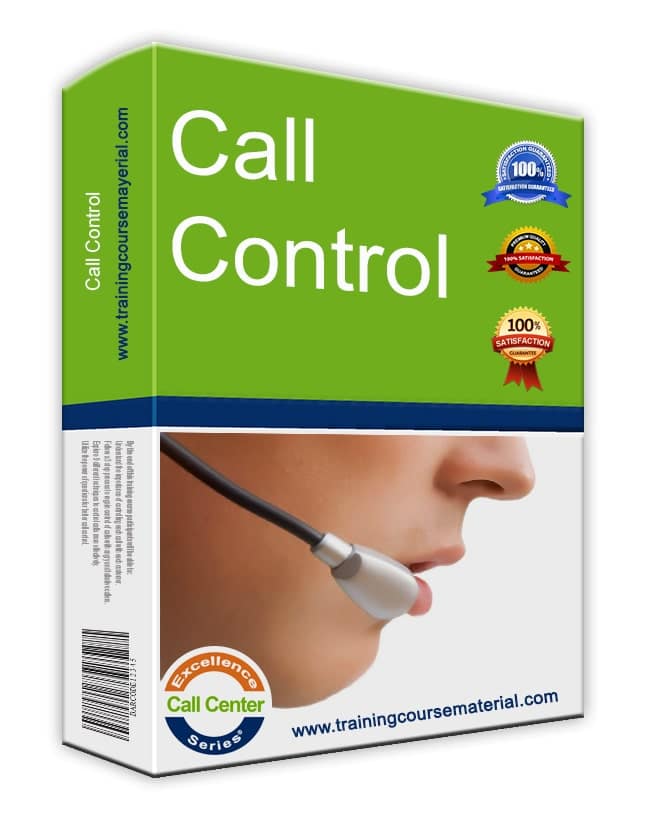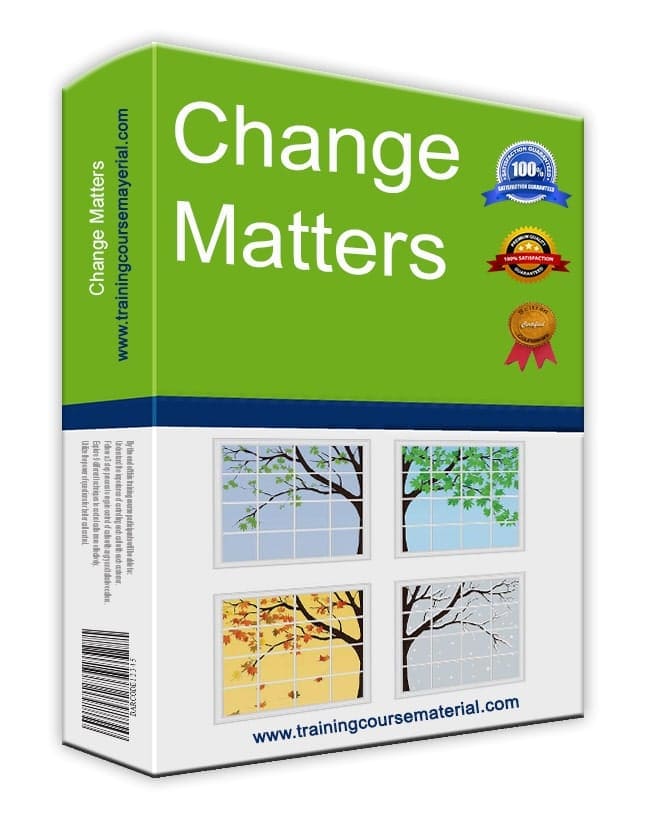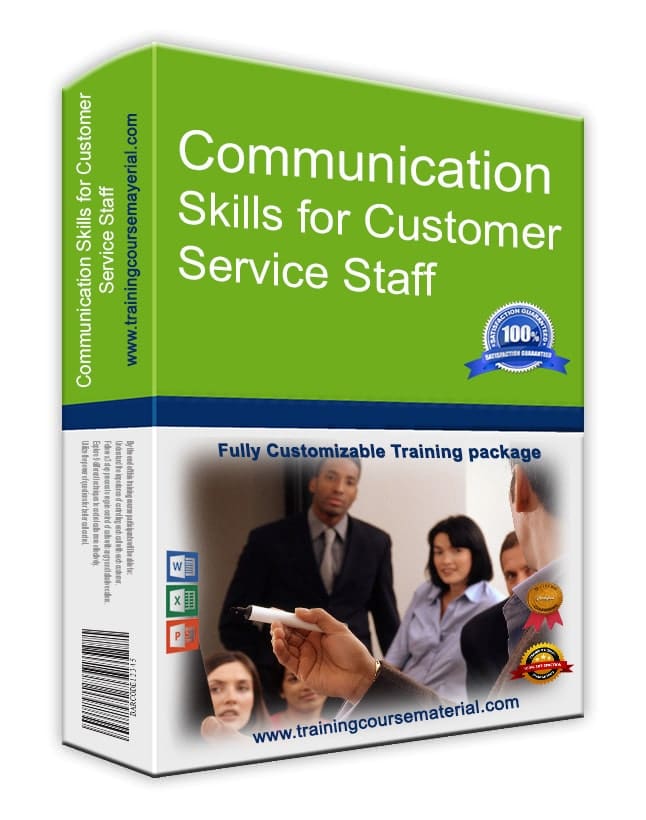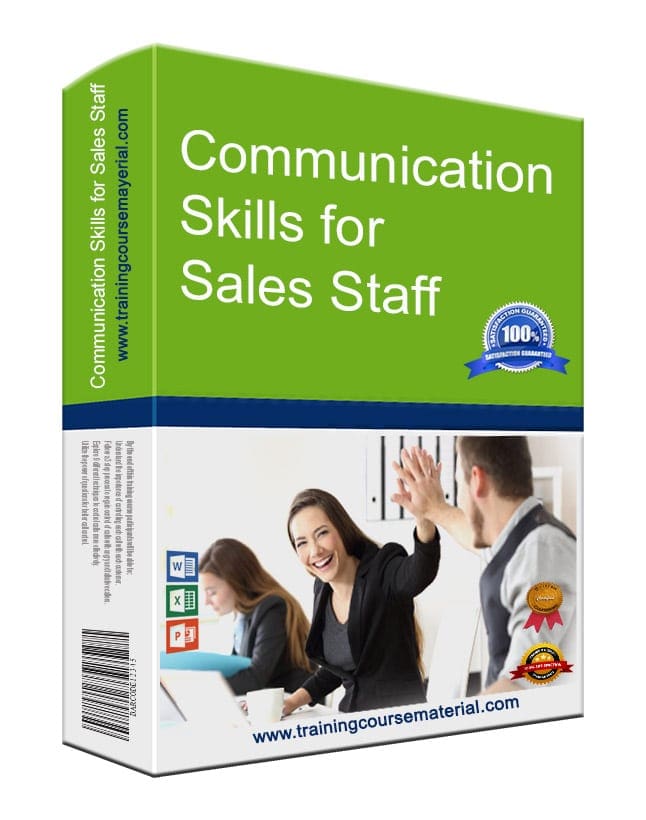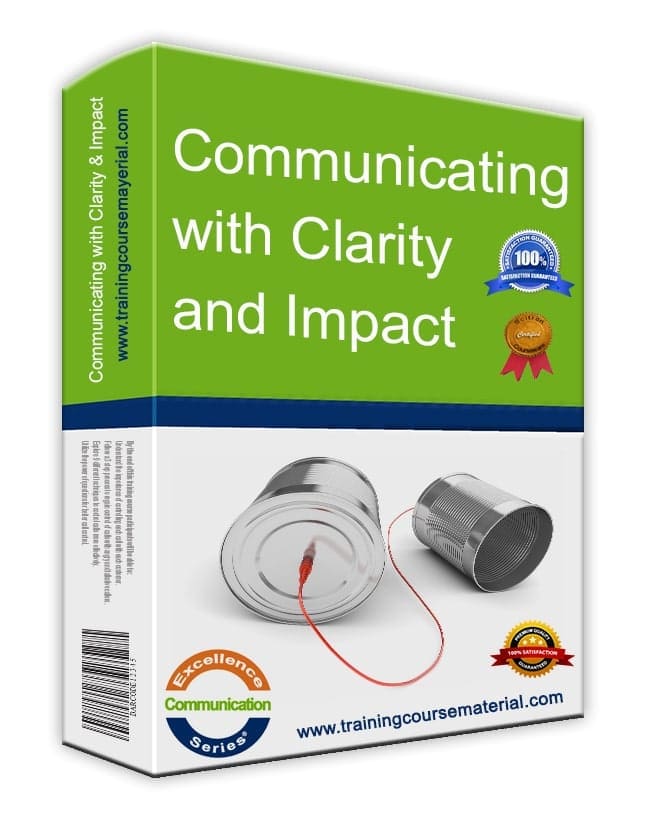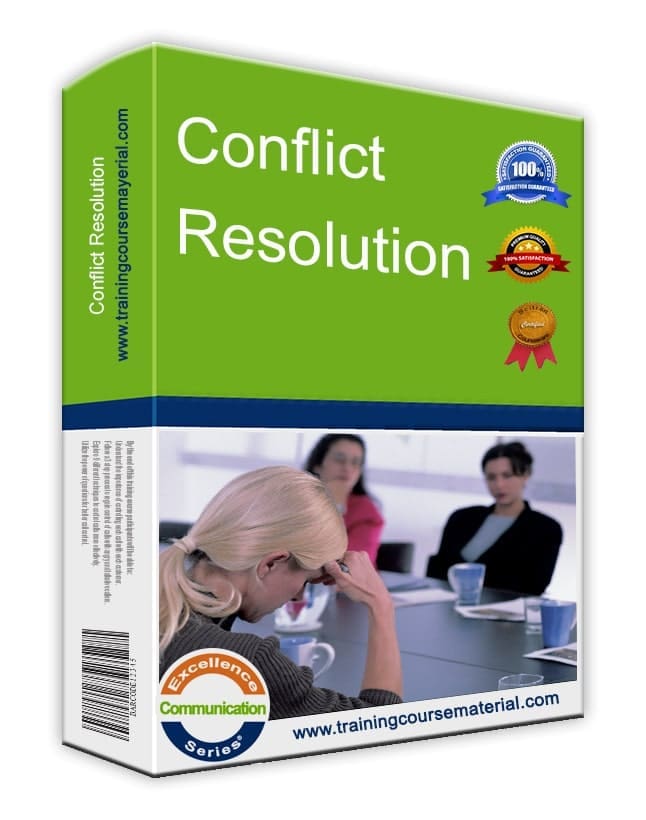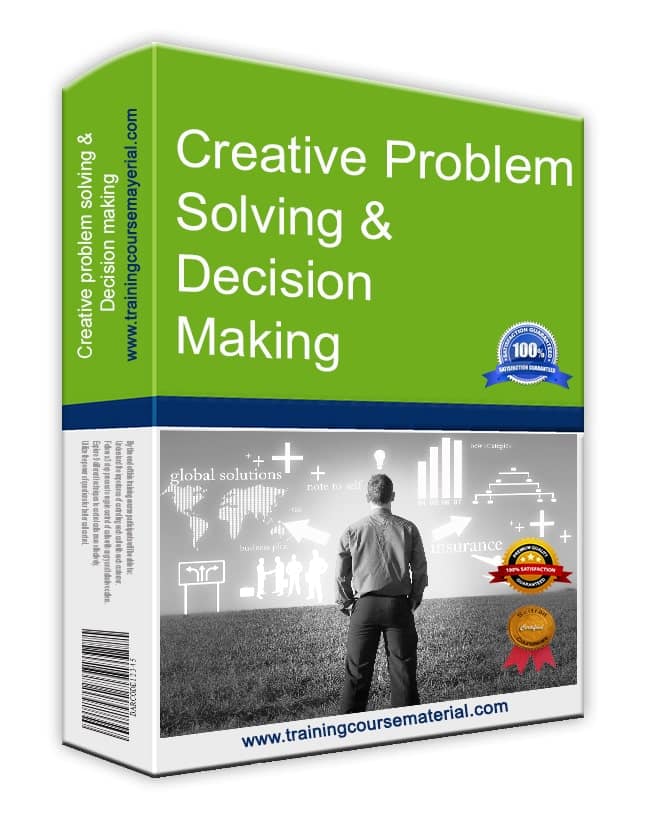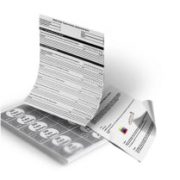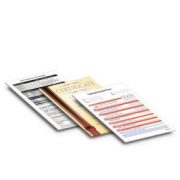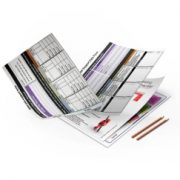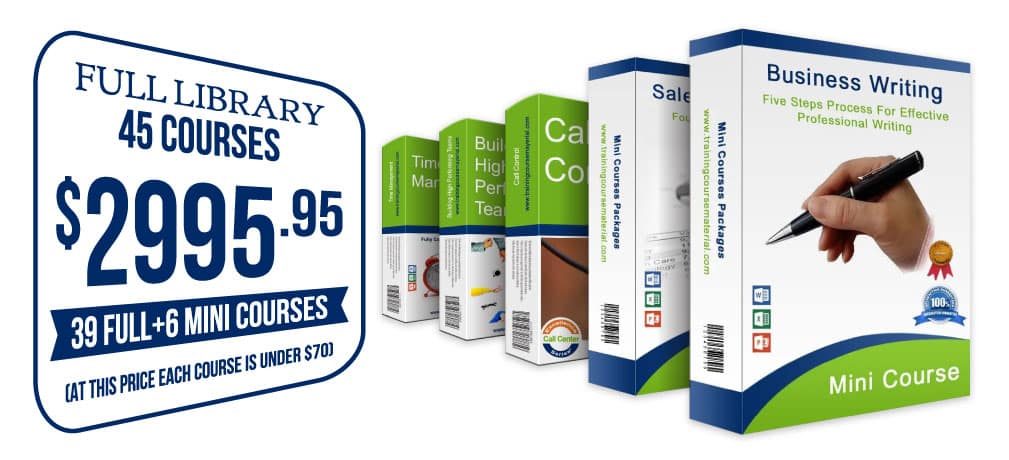Packaging Products to Increase Sales
How bundling and strategic packaging can boost revenue and customer value.
When we talk about packaging here, we’re not referring to colorful ribbons or fancy boxes. This is about bundling grouping related products or services into a single offer. Think of a fast food combo meal: burger, fries, and a drink sold together. It’s so effective that over 90% of fast food sales come from these combos.
Bundling isn't just for burgers. Done well, it can work for nearly any business.
Why Product Bundling Works
Smart packaging strategies offer more than just a sales boost. They can:
- Lower your marketing spend by promoting multiple offers in one ad
- Upsell customers automatically packaging is a built-in upsell
- Move slow-selling products by pairing them with popular items
- Expand your reach through joint ventures with complementary businesses
- Increase the perceived value of your offer
According to the American Marketing Association, packaging strategies can influence buyer perception and behavior by enhancing the total value proposition of a product line.
Psychology of a Good Deal
Bundling creates a feeling of getting more for less. The customer sees multiple items for a lower combined price than if purchased separately. This triggers a savings mindset even if they didn’t originally intend to buy all those items. It feels like a win.
Key Rules for Effective Packaging
- Target a specific problem. Your package should address a real customer need. Vague bundles don’t sell.
- Offer smart choices. Present tiered options like Silver, Gold, and Platinum that make the more expensive package feel like the better deal.
- Use low-cost, high-perceived value add-ons. These boost perceived benefit without hurting your margins.
- Make it easy to understand. Avoid overwhelming customers with too many variations.
If you don’t have enough products to bundle, consider partnering with another business to create a compelling offer.
Trust-Building Tips
Bundle offers work best when they’re backed by clarity and credibility. Provide transparent pricing, mention real client examples where possible, and reference trusted marketing authorities. According to the American Marketing Association, effective value communication is essential to customer decision-making and long-term satisfaction.
Want to explore this topic in training? Our Marketing Essentials Training Package includes editable content, case studies, and examples to help your participants apply these concepts directly to their business.


